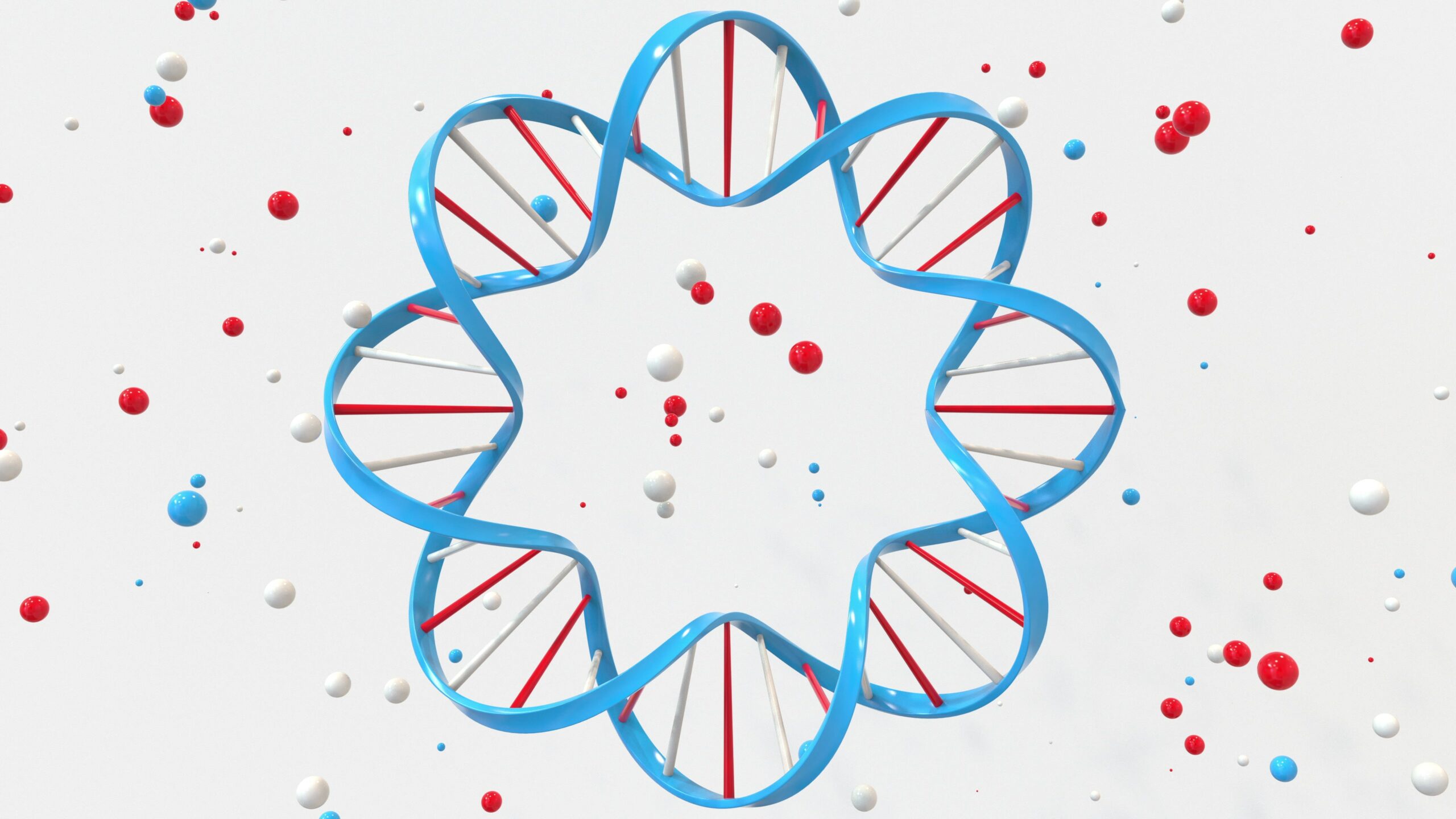
A new multiomics sequencing analysis shows how inhibiting the STING stimulator of interferon gene signaling pathway might work in treating diffuse large B-cell lymphoma (DLBCL). The study, presented at the 65th ASH Annual Meeting and Exposition, could hold promise for developing new drug treatments of the heterogenous disease.
Researchers theorize that circular DNA independent of chromosomes, or extrachromosomal DNA (eccDNA), is involved in the development of cancer cells, disease heterogeneity, and drug resistance. Zijuan Wu, MD, of the Department of Hematology at Nanjing Medical University in China, and colleagues used circular DNA, single-cell, whole exome, and other sequencing techniques to study the expression of eccDNA. They also used in vivo and in vitro models to show how chemotherapy-induced DNA damage stimulates the production of eccDNA, which, in turn, activates the STING pathway.
Multiomics analysis of 18 DLBCL cell lines showed abundant eccDNA in cells with a high weighted-genome–integrity index, a finding that could be helpful in assessing prognosis. Extrachromosomal DNA is upregulated in DLBCL, especially in relapsed or refractory cases, Dr. Wu and colleagues noted.
Reference
Wu Z, Zhang W, Wang L, et al. Extrachromosomal circular DNA drives the progression of DLBCL through activating the STING pathway. Abstract #1628. Presented at 65th ASH Annual Meeting and Exposition; December 9-12; San Diego, California.






 © 2025 Mashup Media, LLC, a Formedics Property. All Rights Reserved.
© 2025 Mashup Media, LLC, a Formedics Property. All Rights Reserved.